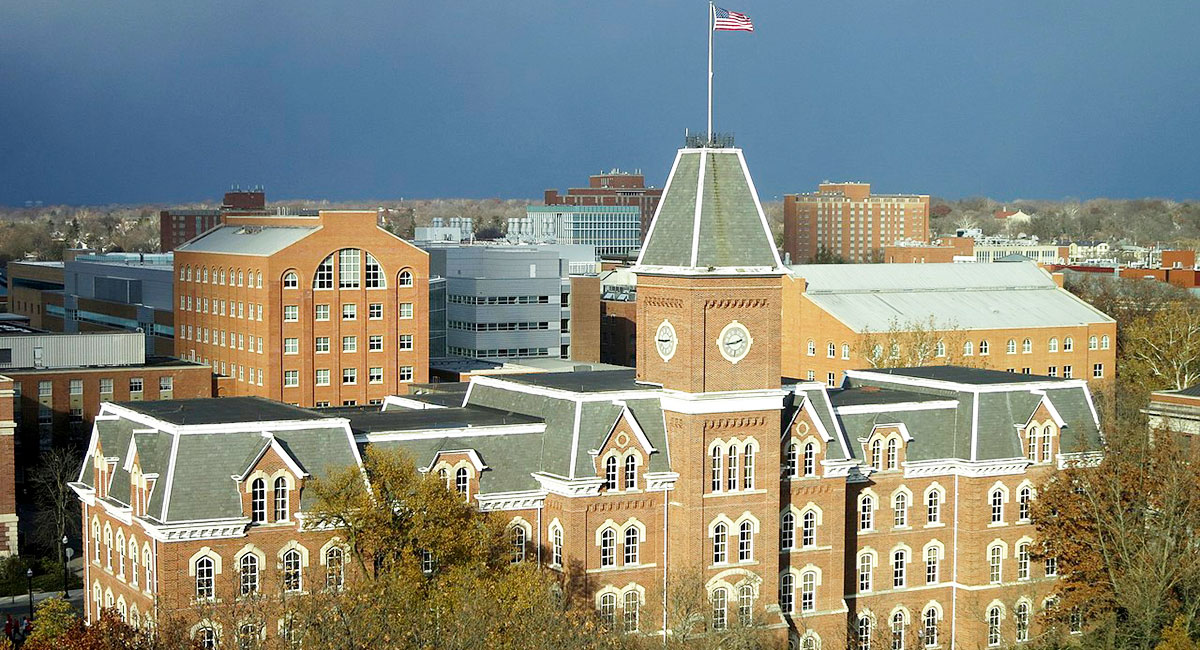When one thinks of states that are blazing the way with innovative public policy solutions, conservatives and libertarians think of places like Florida or Texas, while liberals and progressives love bold policies proposed by politicians in California or New York. Ohio, by contrast, is boringly in the middle—neither the first nor the last state to adopt any new idea, cautious and a follower, not a leader. Therefore, it came as a shock to even seasoned Ohioans like me when the Buckeye State started passing cutting-edge bills in education, partly through the vast expansion of K–12 educational choice (voucher) initiatives, but also through novel legislative initiatives in higher education and the state university system. This made moves by governors like Florida’s Ron DeSantis or Texas’ Greg Abbott look tame by comparison.
Enter Jerry Cirino, a highly successful septuagenarian businessman with 37 (!) grandchildren, who a few years ago ventured into politics from the business C-suite and got elected to the Ohio Senate, where he chairs the higher-education committee. The Ohio budget signed by Gov. Mike DeWine contains some $24 million for five new institutes to promote traditional American values and culture at five of Ohio’s 13 bachelor-degree-granting state universities, including the flagship school—Ohio State University—as well as the University of Toledo College of Law, Miami University, Cleveland State University, and the University of Cincinnati. While other states like Tennessee, Texas, and Florida have created one or two such centers, for a state to create five at once is unprecedented.
Usually attempts to introduce relatively conservative think tanks or teaching-oriented institutes onto university campuses are thwarted by the faculty, student protesters, or other woke university groups. Cirino has adroitly stymied that by making the new institutes almost completely separate from the university budgetary and academic framework, with the university president recommending powerful advisory boards for each center—boards whose members require the approval of Cirino’s higher-education committee in addition to the university governing board. It reminds me a bit of Stanford University’s Hoover Institution—having a strong university presence, but not controlled by the usual progressive faculty and administrative types. The plan is to get scholars with a strong love for America’s constitutional framework, a deep knowledge and appreciation of our historical heritage, and a commitment to promoting intellectual diversity and a lively forum for a true marketplace of ideas. Cirino was joined in this legislation by state Senate Majority Leader Rob McColley.
Cirino cited research from the American Council of Trustees and Alumni that found that 45 percent of conservative students at Ohio State did not speak up on issues for fear that their comments would not be welcomed by others on campus—compared with a much smaller 16 percent of liberal students who felt the need to self-censor. The new institutes will offer courses on subjects that more conservative students should be able to attend without the fear associated with many other courses. It is an attempt to address the lopsided domination of liberals on the faculty of most Ohio public university campuses. It attacks the monopoly on ideas that woke faculty try to impose on campus communities.
The new institutes come on the heels of a much publicized and attacked Cirino-led effort to adopt a comprehensive new set of rules governing public university behavior. His Senate Bill 83 was approved in the Senate but did not get adopted as law in the haste to complete the state budget on time. Cirino is predicting fall adoption of the legislation after modest revision. The bill prohibits mandatory diversity loyalty oaths or training for members of university communities, imposes a mandatory history/civics course requirement for all public university bachelor-degree recipients, prohibits faculty under contract from striking, shortens terms for university trustees, promotes a more serious post-tenure review procedure for faculty, and requires universities to adopt mission statements affirming commitment to free speech and expression.
This is just the beginning of the battle in Ohio, I predict. Already, a major teachers union, the Ohio American Association of University Professors (AAUP), has expressed “dee[p] concern.” An Ohio State representative said, “The university is working to develop this center in accordance with the law and applicable university rules and policies.” That sounds fine, but you can be sure “applicable ... rules and policies” includes heavy faculty involvement—outlawed by the legislation. Hints that the new centers might violate accreditation rules have been suggested. Cirino expects the state will fight any accreditation challenges aggressively.
When a large majority of the American public responding to a recent Gallup poll indicated that they did not have high confidence in American universities, it is not surprising, and it is indeed appropriate, that outsiders intervene somewhat to restore balance and confidence.













